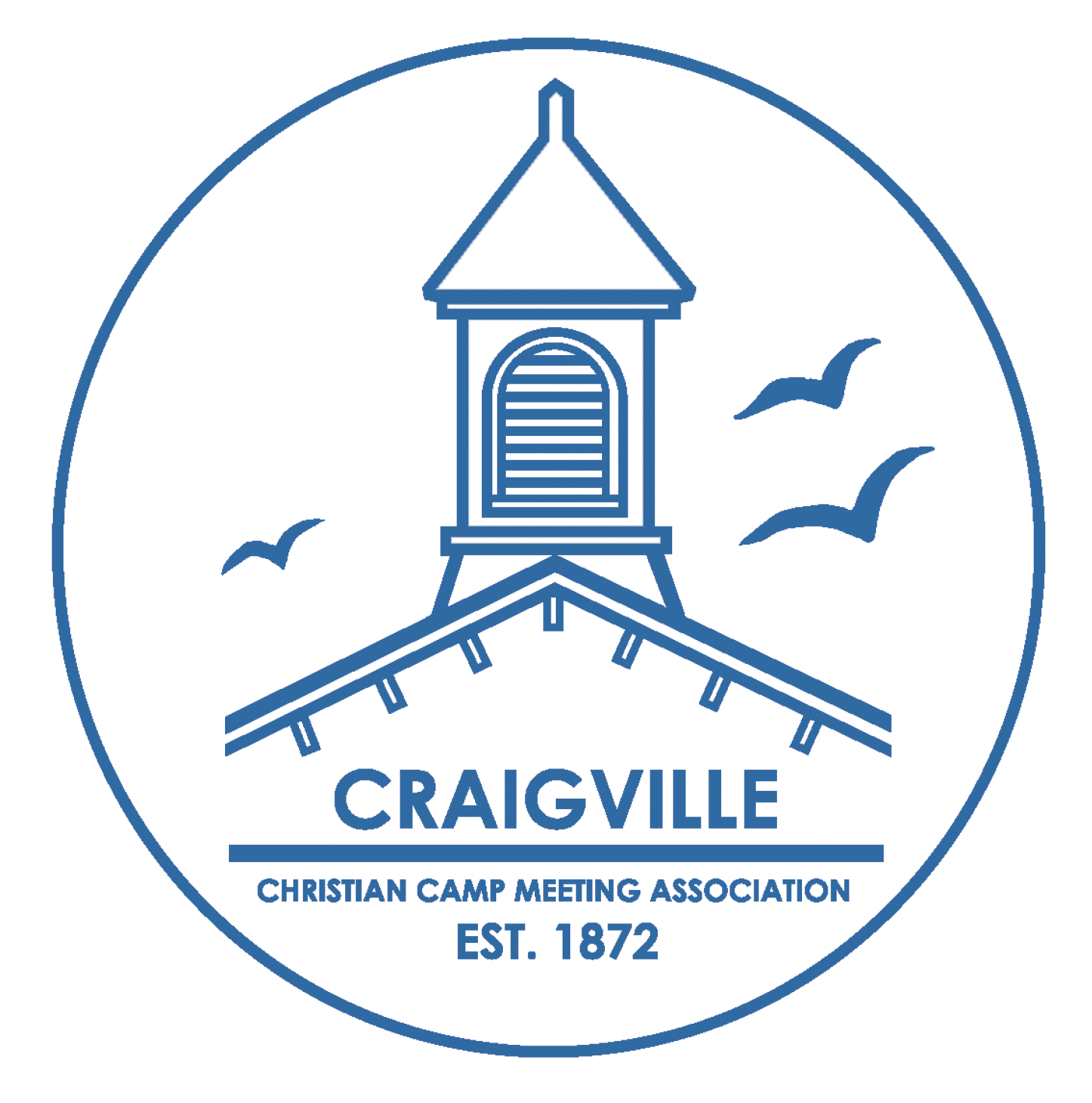Craigville Tabernacle
As the worship of God is central in Christian life, so the Tabernacle is central to Craigville. During the summer, the Tabernacle hosts weekly ecumenical worship services in the Protestant Christian tradition, monthly Saturday evening Roman Catholic Masses and a variety of community events in spring, summer, and fall.
The Craigville Tabernacle's mission is to celebrate community by
gathering the community, worshipping God, feeding peoples' spirits,
and restoring peoples' spirits, and restoring peoples' souls.
In honor of Gabriel Fackre, founder of Craigville Colloquy and in appreciation of its 40th year, a painting of "Miriam Dancing" was presented to the Tabernacle by the Colloquy.
Oh Lord, our God whose voice looked upon all of creation and called it "good", we come together from the north, south, east and west to this place of grace by sea; yet, we know we are divided as a nation.
May our words for one another be touched with reverence.
May we be given grace and wisdom to act kindly; to distinguish between what is personal and what is not.
We are your people -- as if facing a sea parted -- giving us choice.
Let us move forward respectfully and reach the other side as one nation indivisible.
Bless this space between us. Amen and Amen.
Rev. Joanne Hartunian, 4th July 2024, Craigville Village Green
The Tabernacle has been part of Craigville life since the village was established in 1872 by the Churches of the Christian Connection, which later joined to form the Congregational and Christian Churches; and then, in 1957, merged with the Evangelical and Reformed Church to form the present United Church of Christ.
The original Tabernacle was a canvas-covered wooden frame; the canvas was replaced with wood in 1887. Wooden side doors correspond with the former tent flaps and allow cool cross-breezes in the summer. Why “tabernacle” instead of “church?” The answer is both theological and architectural. A church building implies a structure in which a Christian congregation worships every Sunday all year long, whereas a “tabernacle,” which originally simply meant “tent,” suggests a building more open to nature, for periodic rather than year-long use and welcoming the public to worship service.
In 1960, Wellesley College contributed a splendid Hook and Hastings tracker pipe organ, built in 1872, the same year the Tabernacle’s canvas was first put on its wooden frame. This wonderful instrument is carefully maintained and graces any observance here all summer long.
Tabernacle and Religious Activities Committee:
Lisa Brown, Karen Garman, Kyr Gibson, Linda McKinney, Gabriella Plonowski, Annie Underwood, Barbara Werner, Isabelle Wessel





